Riding an electric bike is a fun and eco-friendly way to get around. These bikes are equipped with a motor that assists you as you pedal, making it easier to cover distances and tackle hills.
To start, familiarize yourself with the basic controls. Here is one question erase” How To Ride An Electric Bike?” Most electric bikes have a handlebar-mounted display that lets you adjust the level of assistance from the motor. Begin with a low assistance setting to get used to the feel of the electric boost. As you gain confidence, you can increase the assistance for a faster ride.
Safety is key when riding an electric bike. Always wear a helmet and follow traffic rules. Start in a flat, open area to practice controlling the bike and get comfortable with the motor’s assistance. Soon enough, you’ll be cruising effortlessly on your electric bike, enjoying the benefits of a smooth and efficient ride.
Understanding E-Bikes
E-bikes, or electric bikes, are bicycles equipped with electric motors to assist with pedaling. They have a battery that powers the motor, providing an extra boost to the rider’s pedaling efforts. E-bikes come in various styles, including mountain bikes, city bikes, and folding bikes. The level of assistance from the motor can often be adjusted, allowing riders to control the amount of help they receive.
Step-By-Step Guide To Riding An E-Bike
Riding an e-bike is a breeze when you follow these simple steps:
Charge The E-Bike Battery
Charging your e-bike battery is a straightforward process. First, locate the charging port on your e-bike, usually located near the battery. Plug the charger into a standard electrical outlet. Then, connect the charger to the e-bike’s charging port. Ensure that the connection is secure.
Once connected, turn on the charger and check for any indicator lights on the battery or charger. These lights often change color or blink to show the charging status. Leave the battery to charge until it reaches its full capacity. This duration varies but is typically a few hours.
Once fully charged, unplug the charger from the outlet and disconnect it from the e-bike. Store the charger in a safe place. Now, your e-bike is ready to roll with a fully charged battery, ensuring an enjoyable and efficient ride.
Understand The Pedal Assist System (PAS)
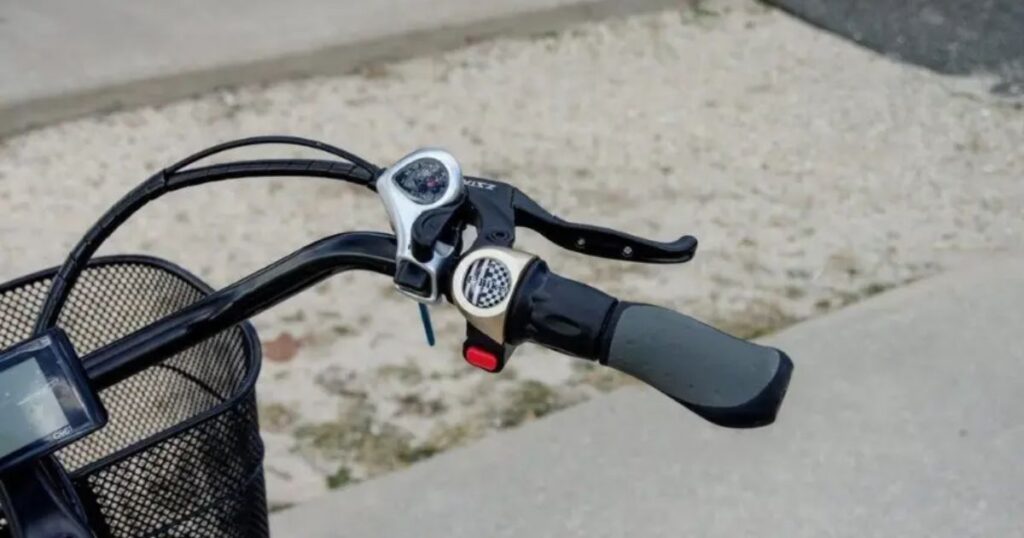
The Pedal Assist System (PAS) is a feature commonly found in electric bikes (e-bikes) that enhances the riding experience by providing electric assistance when pedaling.
Here’s how the PAS works:
- To activate the PAS, you need to start pedaling. Once you begin pedaling, sensors on the e-bike detect the movement and signal the electric motor to provide assistance.
- Many e-bikes with PAS offer multiple assistance levels. These levels determine how much electric power is provided to augment your pedaling efforts. You can usually adjust these levels based on your preferences and the terrain you’re riding on.
- The PAS is designed to provide a smooth and natural riding experience. As you pedal, the electric motor seamlessly kicks in, offering assistance without a sudden jolt. This makes it feel like an extension of your own pedaling power.
- Some advanced PAS systems can automatically adjust the level of assistance based on factors like your speed, cadence (pedaling rate), or the amount of force you’re applying to the pedals. This ensures optimal support in different riding conditions.
Get Ready As You Would For A Regular Bike Ride
Preparing for an e-bike ride mirrors the routine for a conventional bike outing. Begin by donning a helmet, a fundamental safety precaution. Dress appropriately for the weather, ensuring comfort during the ride, and choose closed-toe shoes for secure pedaling.
Thoroughly inspect your e-bike, checking tire pressure, brakes, and overall condition. Confirm that the battery is adequately charged and properly secured. Adjust the seat to a comfortable height for an optimal riding experience. Pack essentials like a water bottle and any necessary personal items.
Turn On The PAS
Activating the Pedal Assist System (PAS) on your e-bike is a straightforward process. Begin by ensuring that your e-bike is powered on. Locate the control panel, often on the handlebar or near it. Press the power button to turn on the e-bike. Once the e-bike is on, start pedaling. As you pedal, the PAS sensors detect your motion, and the electric motor will seamlessly engage to provide assistance.
Start Pedaling
To start your e-bike, simply begin pedaling. As you pedal, the Pedal Assist System (PAS) will kick in, providing electric assistance to augment your pedaling efforts. Ensure that the e-bike is powered on, and once you start moving the pedals, the sensors will detect your motion, activating the electric motor. The assistance level may vary based on your e-bike’s settings, and you can often adjust it to match your desired level of support.
Important E-Bike Features And Components
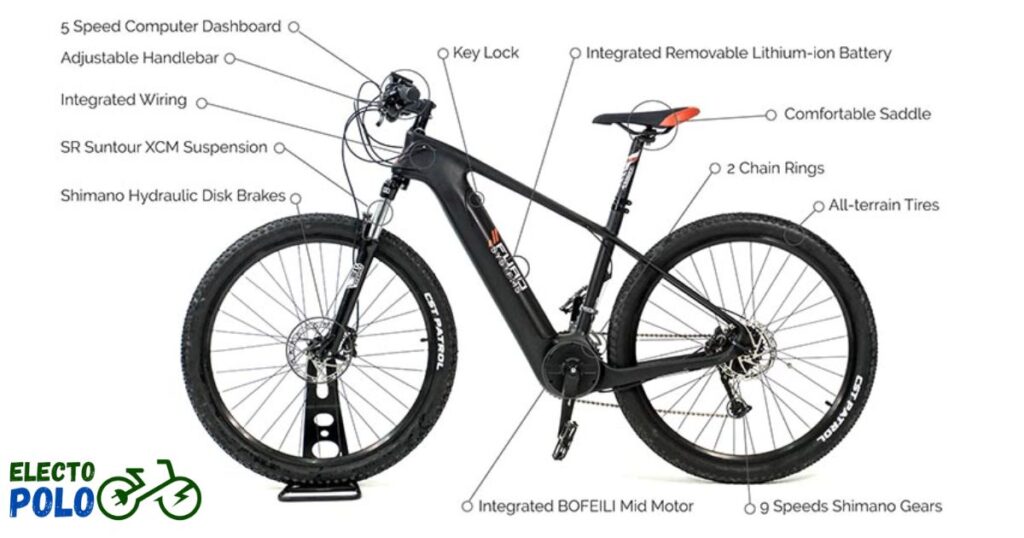
E-bikes have important features that make them efficient and enjoyable. One key component is the electric motor, which provides the bike with the power to assist riders in pedaling. This makes it easier to navigate hills and cover longer distances without exerting too much effort.
It often come equipped with a battery and controller. The battery stores the electric energy needed to power the motor, and the controller allows riders to adjust the level of assistance. This customization enables users to control the bike’s speed and the amount of pedal assistance they receive. These features collectively make e-bikes versatile, eco-friendly, and accessible for riders of various skill levels.
Frequently Asked Questions
How do I start an electric bike?
To start an electric bike, turn on the power button located on the bike’s control panel, and then pedal or use the throttle to engage the electric motor.
How do I adjust the electric assistance level on my e-bike?
Most electric bikes have a display panel with settings for assistance levels. Use the controls on the panel to select the desired level, usually ranging from low to high assistance.
How far can I travel on a single charge with an electric bike?
The range of an electric bike varies depending on factors like battery capacity, rider weight, terrain, and assistance level. On average, you can expect a range of 20 to 50 miles on a single charge.
Can I pedal an electric bike without using the motor?
Yes, electric bikes can be pedaled like traditional bicycles even when the motor is turned off. The motor provides assistance when needed, but you can choose to ride solely by pedaling.
How do I recharge the battery on my electric bike?
To recharge the battery, plug the charger into a standard electrical outlet and connect it to the charging port on the e-bike’s battery. Charging times vary but typically take a few hours for a full charge.
Final Thoughts
Riding an electric bike is a simple and enjoyable experience that anyone can embrace. By following a few basic steps, such as familiarizing yourself with the bike’s controls, adjusting the seat to a comfortable height, and understanding the power assistance levels, you can quickly become confident in navigating the roads on your electric bike. Remembering to wear appropriate safety gear, obey traffic rules, and practice good bike etiquette will contribute to a smooth and secure riding experience.
Electric bikes offer a convenient and eco-friendly alternative for transportation. Whether you’re commuting to work, running errands, or simply enjoying a leisurely ride, the key is to start with the basics and gradually build your skills. Riding an electric bike not only promotes personal well-being but also contributes to a greener and more sustainable mode of transportation for our communities.

I’m passionate electric scooter enthusiast and the voice behind this blog. I’m here to share my expertise and insights with you. From in-depth reviews to problem-solving guides, my goal is to help you make the most of your electric scooter experience.
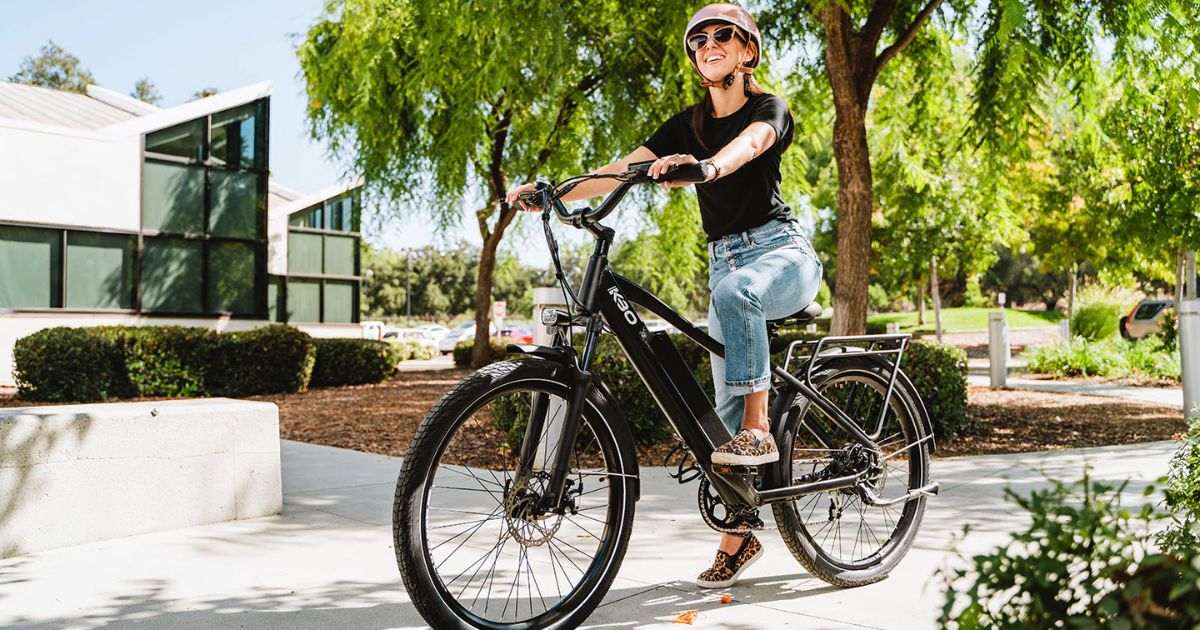
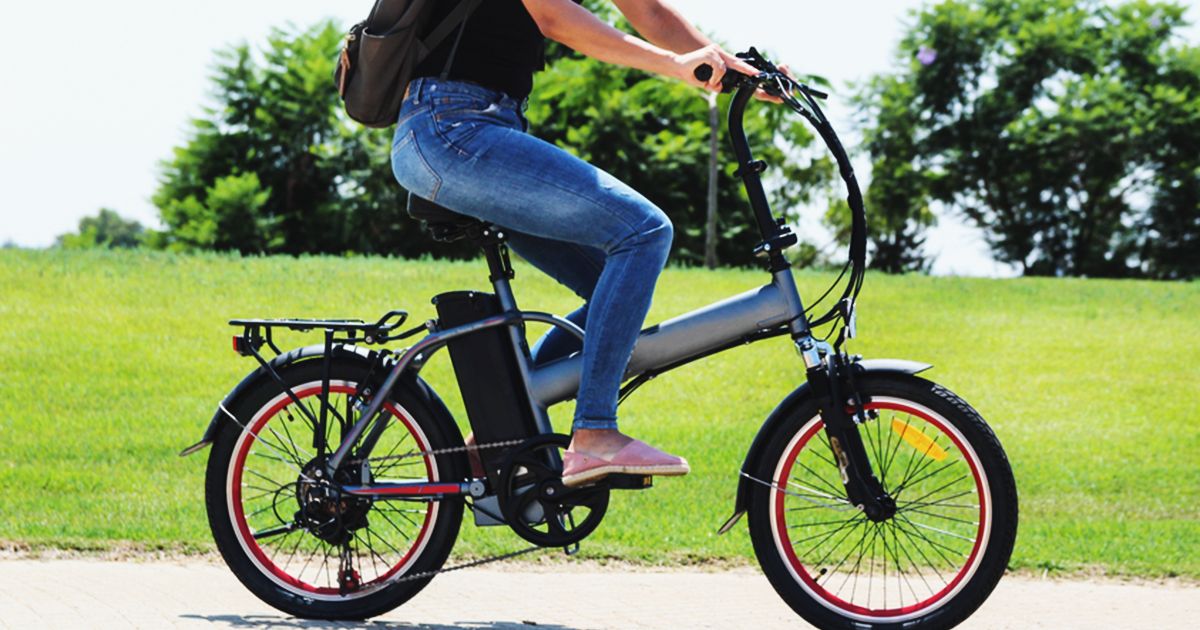

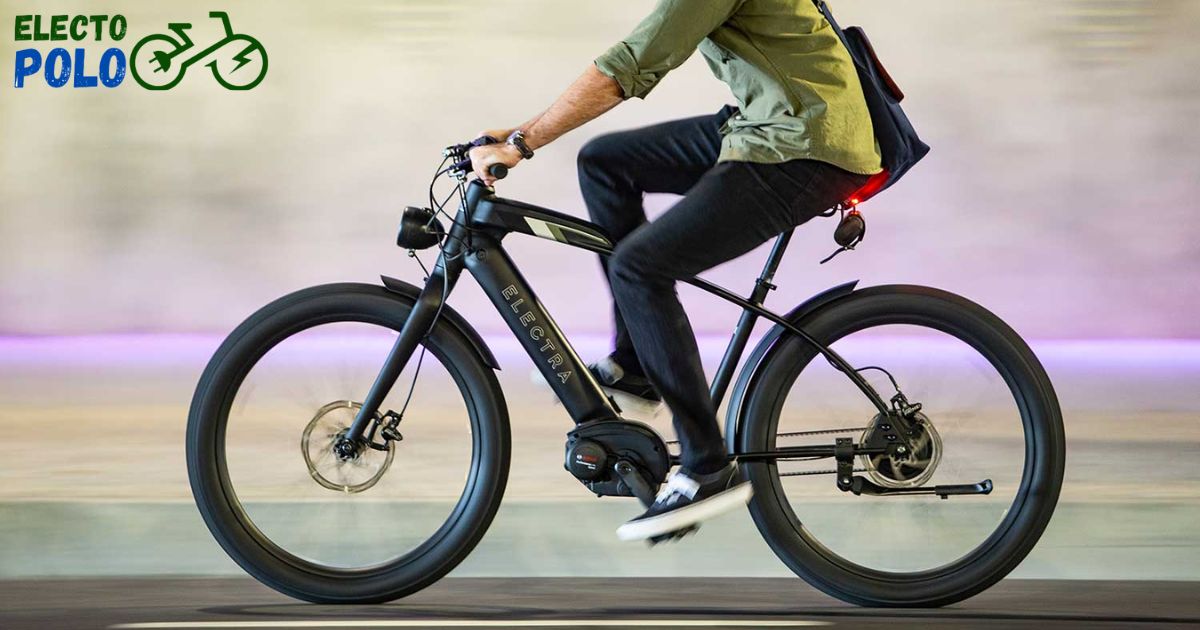

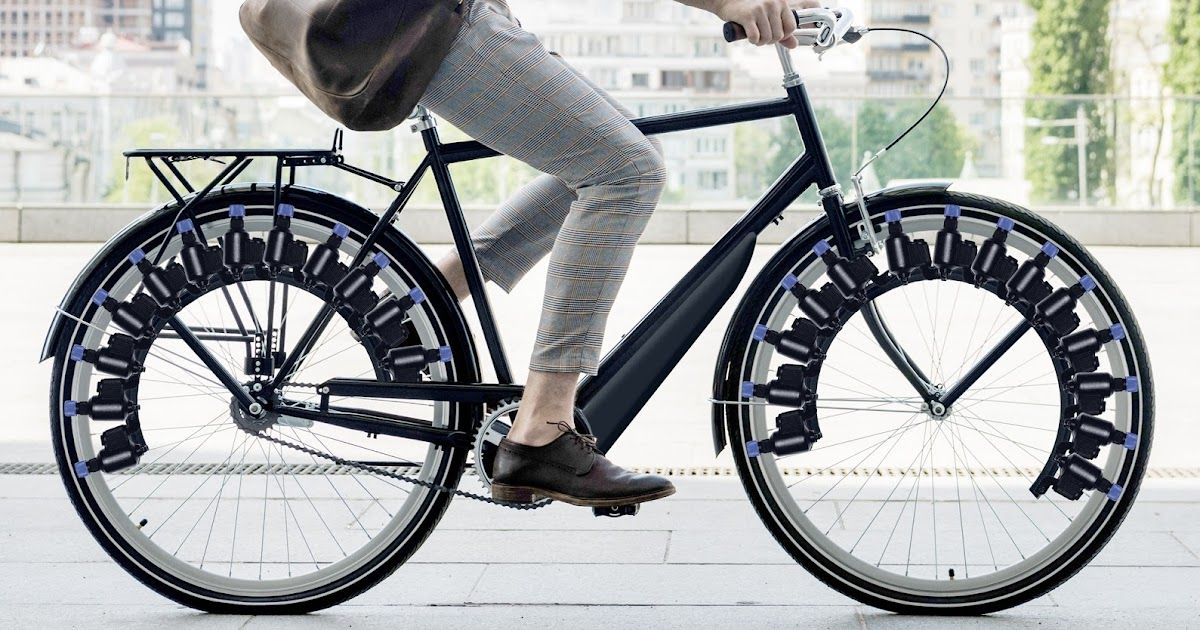


![Gomyfinance.com Invest: I Made $5,000 in My First Month [Real Results 2025]](https://electopolo.com/wp-content/uploads/2025/05/Gomyfinance.com-Invest-I-Made-5000-in-My-First-Month-Real-Results-2025-150x150.jpg)


